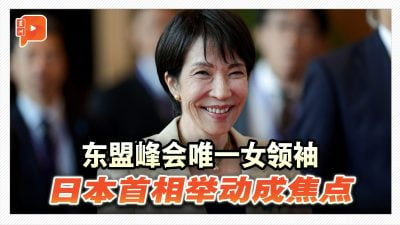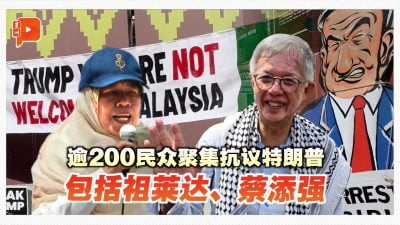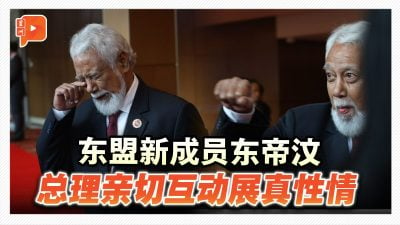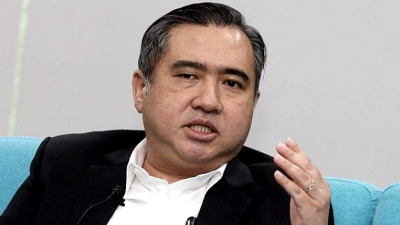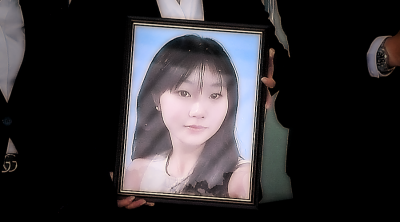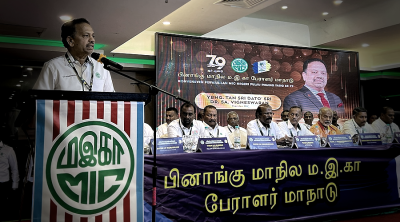While it is often left unsaid, the formation of Asean, for better or for worse, was inspired by the success of the European Union (EU).
Therefore, the academic and epistemic communities of Asean beam with pride when it is considered the “second most successful regional organization,” after the EU.
This is an accolade that is often celebrated as the achievement of the “Asean way.”
Somehow, amidst a system of chaos produced by the unruly nature of the first Cold War between the United States and the now defunct Soviet Union between 1967 and 1987, many countries have had faith in the diplomatic modus operandi of Asean.
Despite everything that has been said about the EU, the same intellectuals who teach and write about Asean should also be mindful of a specific way of thinking that has existed since the formation of the EU.
It is the belief of Prof. Timothy Snyder of Princeton University, who has challenged the conventional wisdom of the birth of the EU.
Rather than attributing the creation of the EU to that of the European Steel and Coal Community after World War II as an attempt by France and Germany to reconcile their historic differences, the professor affirmed that “the EU was but a project for various imperial ramparts, with each trying to overcome their differences in the post-colonial era.”
According to this belief, Germany, the United Kingdom, France, Spain, Portugal and even Belgium were not merely trying to overcome their historical aggressions against each other, but were embarking on a thorough and systematic process of creating a European community to overcome any ill will that they were still harnessing.
The importance of overcoming this animosity led to the creation of the EU in 2000, which in turn heralded the dawn of the Euro.
A monetary union signified the arrival of the European Community writ large.
From Snyder’s perspective, the success of the EU can be attributed to a few different factors, which can be better understood through the lens of classical or post-classical realism.
One of these is that the EU was nothing but a grand project to impose the values of a select few imperial powers on the rest of the world, with smaller countries relying on its coattails.
The fact that the headquarters of the EU remains in Brussels is a sign that the larger countries had to cut Belgium some slack, without which the idea of building a larger Europe would be too intimidating to the smaller country.
Another view is that the origin of the EU could have been an attempt by the various European states, all of which have had an imperial past, to counterbalance the larger role of the United States.
In an interview weeks ago, Prof. Jomo Kwame Sundaram, formerly the deputy secretary-general of research at the United Nations, averred that “70 percent of London’s foreign exchanges, back in the 1950s, were drawn from the Malayas [including Singapore].” To which he added: “This is because all of the United Kingdom’s manufacturing capabilities were destroyed by the aerial bombardments of Nazi Germany during World War II.”

There is, however, a third factor that is currently at work. The fruition of the EU was due to the imposing nature of the Soviet Union.
In other words, the EU would not have blossomed into a polity of 27 member states had it not been for the threatening posture and intimidating size of the Soviet Union until its end in 1991.
Even when the Soviet Union became the Commonwealth of Independent States (CIS) on December 26, 1991, the successor state of Russia was, and still is, considered a threat.
A threat that necessitated the eastward expansion of the North Atlantic Treaty Organization (NATO) into what is now a 31-member alliance.
However, when the EU is seen in all of the above contexts, Asean’s collective belief that it is inspired by the EU would be misplaced.
With the exception of Thailand, all the Asean member states are former colonies.
Despite their different sizes, none have tried to conquer any of the others, perhaps because they have already experienced the miseries of colonialism.
To the degree that any desired to expand its territory, their disagreements stopped at the border.
Asean did not need an Asean way, a form of informal principles and practices to resolve their differences.
Their differences existed in the form of ensuring that no country harbored any ambitions larger than itself.
Asean member states have not become overtly critical of the military alliances of their members.
While Thailand has an annual military exercise with the US and Cambodia and Laos have close ties to China, none of the member states have voiced their disagreement.
Even as the Philippines and Singapore signed military base pacts with the US, the rest of the Asean member states remain quiet.
No Asean member states have sought to support the opposition movement of other member states.
When the quiescent foreign policy environment of Asean is understood in the above context, the diplomacy of Asean can be very supple and pragmatic.
Domestic affairs are kept to a minimum.
When Sulu was on the verge of losing its case about Sabah to the Malaysian court, Manila has taken a seemingly insouciant diplomatic stance.
Philippines President Ferdinand “Bong Bong” Marcos Jr appeared to know how to stay away from the internecine politics over the Malaysian state of Sabah.
However, as much as Asean is able to handle some prickly issues and relations, the maximum Asean can achieve is what Karl Deutsch called “a security community,” within which the willingness of all the member states to declare that they will not resort to the use of force as an instrument of foreign policy as enunciated by the Treaty of Amity of Cooperation (TAC) at the Bali Summit I in 1976.
While the concept of “Security Community” and TAC both harness peace, at least in the absence of war, it is clear that Asean has no overarching goal of pursuing any form of democratization.
Because of this, one can’t say that Southeast Asia is an exemplar of democratic ideals.
But Southeast Asia has decided to grow together by focusing on a proscribed form of “electoralism,” in which elections will be held, as is happening soon in Cambodia albeit without opposition.
But will Southeast Asia become a full-blown zone of democracy?
The prolonged delay in selecting a Thai prime minister despite a coalition that has pledged allegiance to Harvard-educated Pita Limjaroenrat is evidence that amidst the buzzing of political activities and election turnout, there are still some ideas that Asean is not ready for.
With the week-long riots in France and anti-immigrant waves in Germany, does Asean have a better tactic than the EU on regional governance? Only time will tell.
For Asean, the days of learning from the West may well be over.
Unless the leaders of Asean have enough confidence and conviction, the dawn of the Asean Community in 2025 can only make more fireworks and traditional music, without a lurch toward a democracy.
(Phar Kim Beng is CEO of Strategic Pan Indo-Pacific Arena.)
ADVERTISEMENT
ADVERTISEMENT






